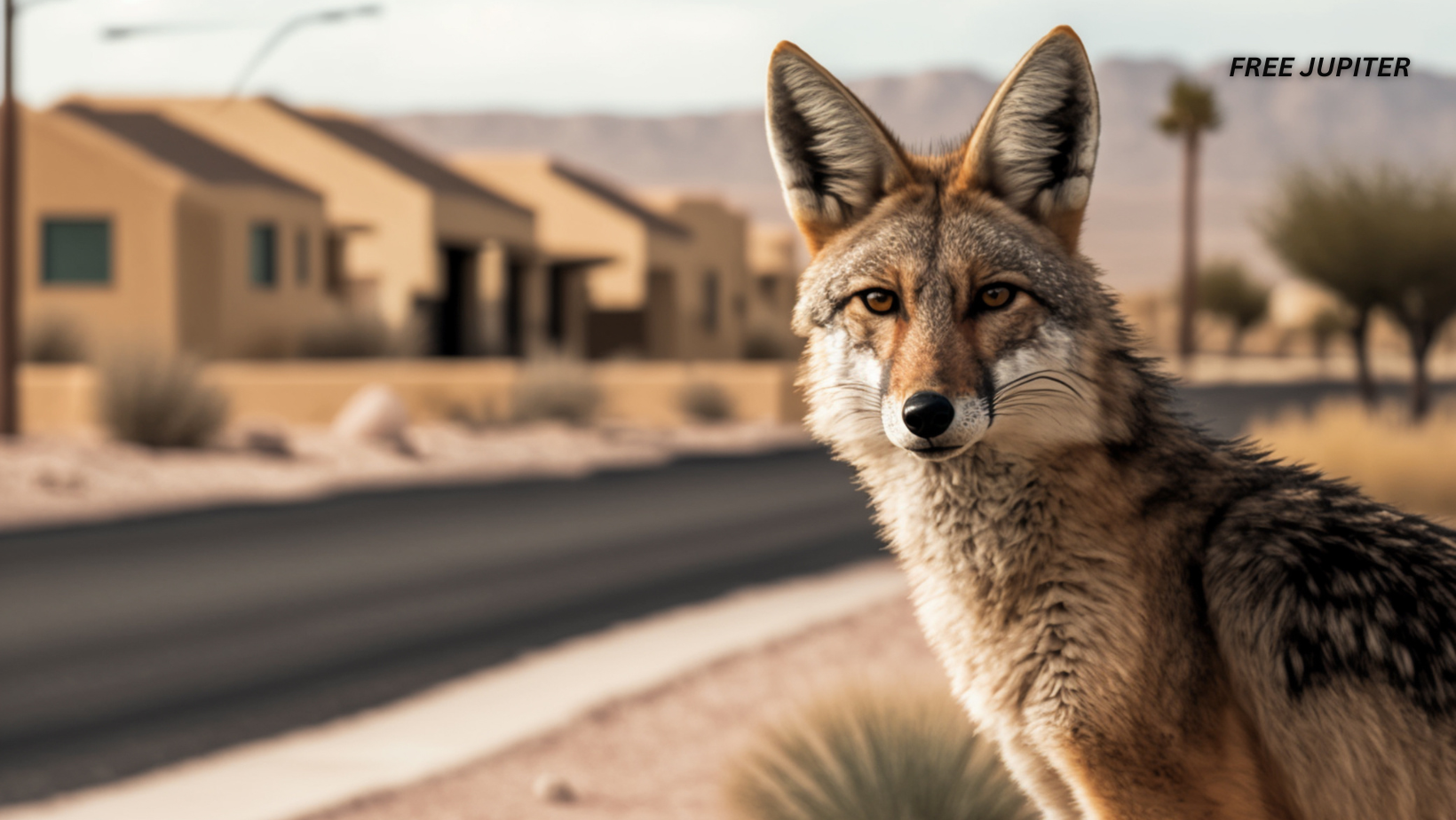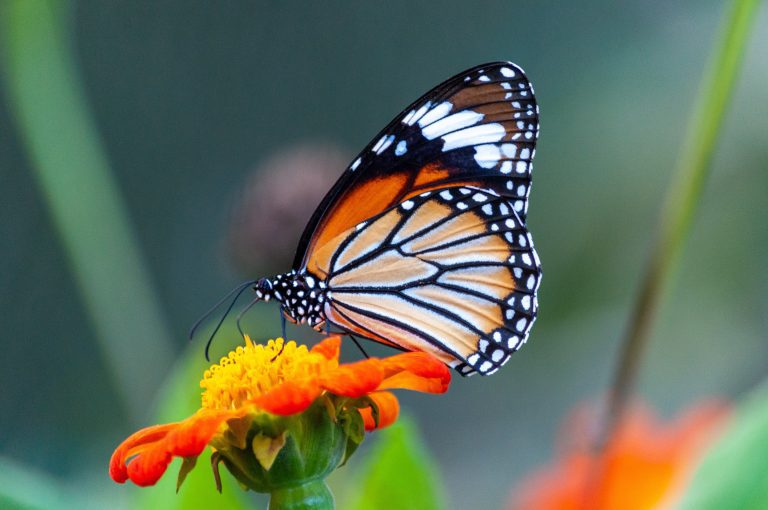Coyotes are incredibly adaptable animals that have managed to thrive across vast areas of North America. Once confined to areas west of the Mississippi River, they’ve steadily expanded their territory throughout the continent in the past century. Dr. Michel Kohl, a wildlife biologist at the University of Georgia, believes this expansion is due in part to changes in habitat and the removal of competing predators like the eastern red wolf. “Coyotes are one of the few large carnivores that thrive near human settlements,” he explains.
Though coyotes are often seen as elusive, sightings in suburban or even urban areas are more common than you might think. As Dr. Sheldon Owen from West Virginia University points out, “Coyotes are incredibly adaptable. They can make a home almost anywhere, including in the heart of cities.“
While these animals are fascinating, they can pose certain risks. Coyotes, like many wild creatures, are known to carry diseases that can spread to both humans and pets. These include canine distemper, parvovirus, and parasites like fleas and ticks. Though the chance of a coyote carrying rabies is low, it’s still important to be cautious, especially if the animal seems unusually unafraid of humans.
However, most encounters with coyotes aren’t dangerous, as these creatures generally prefer to avoid people. Dr. Owen shares that many calls his office receives involve people spotting a coyote in their yard. “Most of the time, these sightings aren’t a cause for alarm,” he says. “But it’s essential to take steps to minimize risks, especially if you have small pets.“
Read more: We Don’t Give ‘Uglier’ Animals The Love That They Need — Leading to Conservation Concerns
How to Identify a Coyote
Coyotes are often mistaken for domestic dogs due to their similar build. Typically weighing between 30 and 35 pounds, they stand about 36 inches tall at the shoulder. Their bodies are lean and sleek, with bushy tails that droop downward. Their coats can vary in color, from a mottled grey to reddish or even all black in some southern areas, as Dr. Kohl notes.
Though coyotes tend to be most active during dawn and dusk, they may occasionally be seen during the day. This does not necessarily mean the animal is rabid, as it’s normal for them to venture out in daylight from time to time.
Coyotes can live both alone or in small packs. During springtime, when the pups are learning to hunt, you might be more likely to see them. Fall is another active time when younger coyotes are venturing out to establish their own territories.
Coyotes are also known for their vocalizations, which are used for communication within the pack and to defend their territory. Their calls can sound like a group of coyotes, even if only a few are present.
Read more: Weird Paranormal Things Dogs Can Sense But Humans Can’t
Understanding Coyote Behavior
Coyotes are opportunistic feeders with a highly adaptable diet. They will hunt small mammals like rabbits and rodents, but will also scavenge on pet food, trash, or dead animals. Dr. Kohl explains that coyotes are known to eat a variety of foods, from berries and grass to even the occasional domestic pet. While they often hunt alone, coyotes can also work together as a pack when needed.
Breeding season occurs in late winter to early spring, and by late spring, a typical litter of around five pups is born. Coyotes prefer to make dens in secluded spots, such as under fallen logs, in thick brush, or rock piles. Although they usually avoid denning too close to human dwellings, they might occasionally seek shelter under sheds or porches.
These animals tend to establish territories, which can cover several square miles in urban areas, and even larger expanses in rural regions. Their territory can overlap with human habitation, which increases the likelihood of occasional sightings in yards and gardens.
What Should You Do If You See a Coyote?
If you spot a coyote in your yard, there’s no immediate cause for panic. However, it’s important to take steps to ensure your safety and the safety of your pets. Both Dr. Kohl and Dr. Owen offer several practical tips to prevent potential conflicts with coyotes.
- Be Aware of Coyote Presence: Even if you live in a city, coyotes may pass through your area. Simply knowing they could be nearby helps you stay alert and take precautions.
- Keep Pets on Leashes: When walking your dog, particularly during dawn or dusk, always keep them on a leash. Coyotes are more likely to target small pets, though attacks on larger dogs are rare. Dr. Kohl warns, “Small dogs are at higher risk.”
- Monitor Pets Outdoors: Coyotes are skilled climbers and can scale fences as high as 6 feet. Always supervise your pets, even in a fenced yard, to ensure they’re safe from wandering coyotes.
- Limit Pet Access: Cats are often targets for coyotes. Dr. Kohl advises that cats should never be allowed to roam freely outdoors. Cats, both domestic and feral, can become an easy food source for coyotes.
- Don’t Leave Pet Food Outside: Like raccoons and other wildlife, coyotes are opportunistic and will quickly learn where food is available. Avoid leaving pet food or bowls outside, especially overnight.
- Secure Trash and Compost: Coyotes, like many other wild animals, will scavenge for easy meals. Make sure your garbage cans and compost bins are tightly sealed.
- Keep Pets Up to Date on Health Treatments: Ensure your pets are current on vaccinations, including rabies, parvo, and distemper, as well as treatments for fleas, ticks, and heartworm.
- Protect Livestock: If you have chickens or other livestock, it’s essential to secure their enclosures. Adding an electric wire to the top and bottom of fences can help deter coyotes without causing them harm.
- Use Hazing to Deter Coyotes: If you see a coyote near your property, try scaring it off. Making loud noises, such as banging pots and pans, yelling, or using an air horn, can startle a coyote and send it running. Motion-activated water sprinklers may also help deter them. “The goal is to make sure coyotes are fearful of humans,” says Dr. Kohl.
- Avoid Using Repellents: Essential oils and other repellents are generally ineffective. In some cases, coyotes may even urinate on these substances, further attracting them to your yard.
- Contact Wildlife Authorities if Needed: If you encounter a coyote regularly on your property, especially if it appears unafraid of humans, it’s best to contact your local wildlife agency. Coyotes that lose their natural fear of people could pose a danger, especially if they begin targeting livestock or pets.
Read more: Missing Mom Eaten By Her Two Pet Wiener Dogs As She Lay Dead In Her Home
Can Coyotes Attack My Dog?
While it’s possible for coyotes to attack pets, especially small dogs, such attacks are relatively rare. Dr. Kohl explains, “Coyotes will often avoid larger dogs because they know it’s a battle they might not win.” However, in some situations, a pack of coyotes may target a larger dog, particularly if the dog is chasing or threatening them. This is usually a defense mechanism on the part of the coyote pack.
Are Coyotes Dangerous?
Most of the time, coyotes prefer to stay away from humans. However, situations can become risky if a coyote becomes habituated to human presence, often due to people feeding them. This can cause coyotes to lose their fear and become more comfortable in human spaces.
Fortunately, attacks on people are extremely rare. Dr. Kohl explains, “The majority of incidents are linked to people feeding coyotes, which causes the animals to associate humans with food.”
While coyotes do pose some risks, particularly to pets, they generally present little danger to humans. The main concern with coyotes is their potential to carry diseases like rabies, distemper, and parvovirus. Keeping pets’ vaccinations up to date and taking steps to discourage coyotes from approaching your home are the best ways to reduce any risks.
In the end, most encounters with coyotes are harmless and simply a part of living alongside wildlife. By following a few simple precautions, you can safely coexist with these fascinating creatures without unnecessary worry.







